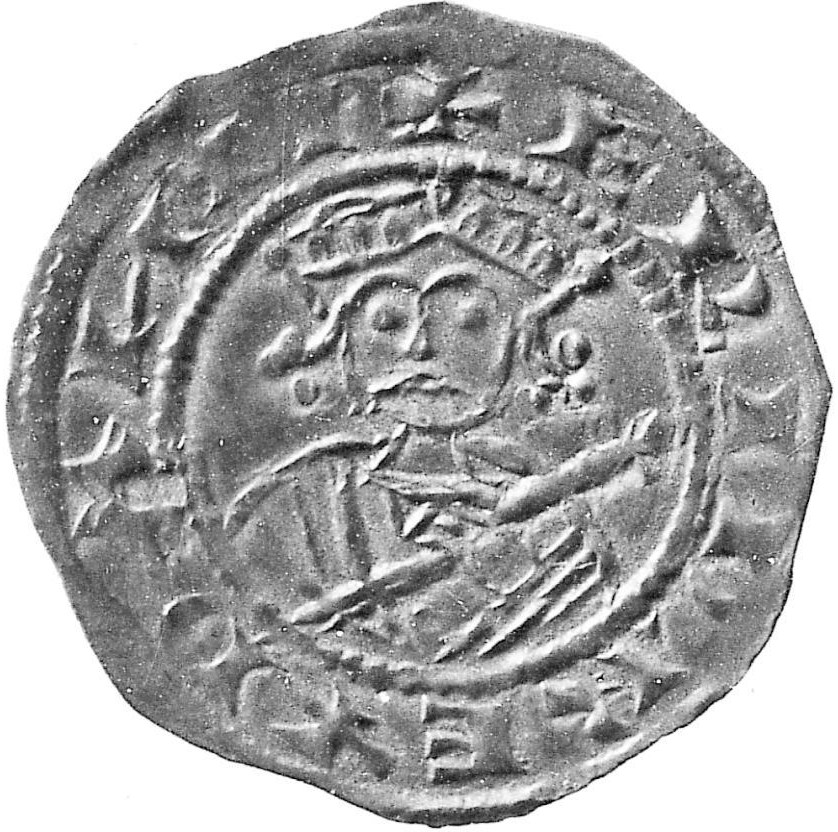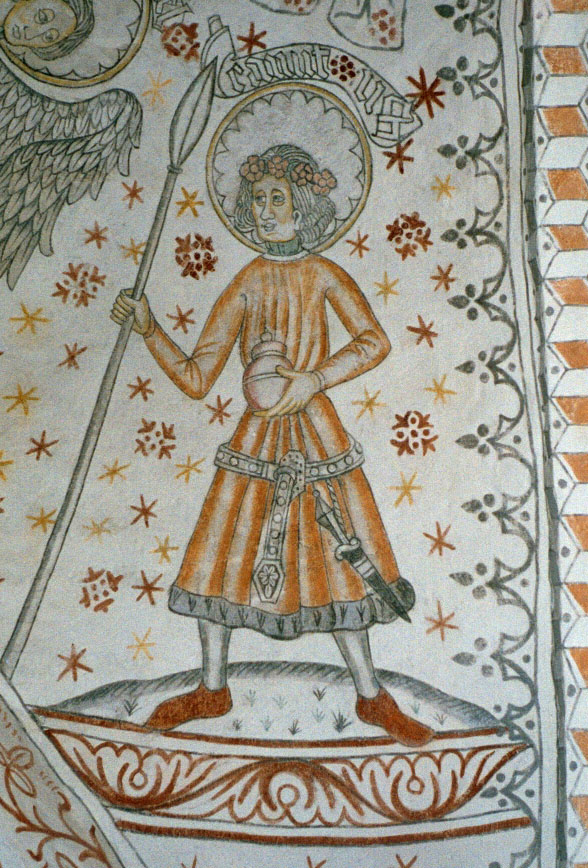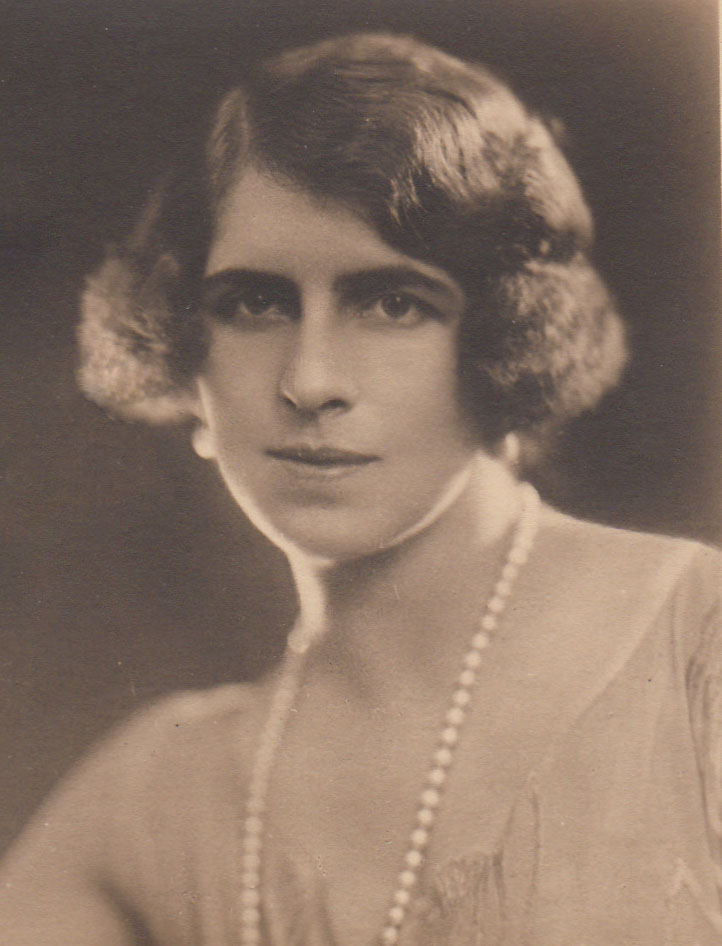© Unofficial Royalty 2025

Leopold II, Holy Roman Emperor, Pietro Leopoldo I, Grand Duke of Tuscany; Credit – Wikipedia
May 5, 1316 – Death of Elizabeth of Rhuddlan, Countess of Holland, Countess of Hereford, daughter of King Edward I of England, in Quendon, Essex, England; buried at Waltham Abbey in Essex, England
Elizabeth died in childbirth, giving birth to her tenth child, who died shortly after birth.
Unofficial Royalty: Elizabeth of Rhuddlan, Countess of Holland, Countess of Hereford
May 5, 1572 – Death of Lady Margaret Erskine, mistress of James V, King of Scots
James V, King of Scots had several mistresses. Lady Margaret Erskine was his favorite and the mother of the most important of his nine illegitimate children, James Stewart, 1st Earl of Moray. James was an advisor to his half-sister Mary, Queen of Scots, and served as Regent of Scotland for his nephew, the infant King James VI, from 1567 until his assassination in 1570.
Unofficial Royalty: Lady Margaret Erskine, mistress of James V, King of Scots
May 5, 1582 – Death of Charlotte de Bourbon-Monpensier, Princess of Orange, third wife of Willem I, Prince of Orange (the Silent) in Antwerp (now in Belgium); buried at the Cathedral of Our Lady in Antwerp, but her tomb has not survived
Charlotte and Willem I, Prince of Orange had six daughters. After an unsuccessful assassination attempt on Willem on March 18, 1582, Charlotte took great care of her wounded husband. Exhausted from caring for Willem, she fell ill with pneumonia and a high fever and died.
Unofficial Royalty: Saxony, Charlotte de Bourbon-Monpensier, Princess of Orange
May 5, 1705 – Death of Leopold I, Holy Roman Emperor, in Vienna, then in the Archduchy of Austria, now in Austria; buried in the Imperial Crypt at the Capuchin Church in Vienna
A contemporary and first cousin of King Louis XIV of France, Leopold was not expected to be the heir of his father’s heir, but his elder brother died from smallpox at the age of twenty-one. When his father died in 1657, seventeen-year-old Leopold succeeded to his father’s Habsburg hereditary lands but was not elected as Holy Roman Emperor until July 18, 1658. Leopold’s reign was dominated by the defense against French expansion under his first cousin, King Louis XIV of France.
Unofficial Royalty: Leopold I, Holy Roman Emperor
May 5, 1724 – Birth of Bernardina Christina of Saxe-Weimar-Eisenach, Princess of Schwarzburg-Rudolstadt, wife of Johann Friedrich, Prince of Schwarzburg-Rudolstadt, in Weimar, then in the Duchy of Saxe-Weimar-Eisenach, now in the German state of Thuringia
In 1744, in Eisenach, 20-year-old Bernardina Christina married 23-year-old Johann Friedrich, who had become the reigning Prince of Schwarzburg-Rudolstadt just two months earlier. Bernadina Christina and Johann Friedrich had six children, but only two daughters survived childhood. Bernadina Christina was active in charitable causes. In 1756, she founded the Bernardina Abbey for noblewomen in Rudolstadt. However, she did not live to see the inauguration of the abbey in 1757. On June 5, 1757, aged 33, Bernadina Christina died in Rudolstadt, then in the Principality of Schwarzburg-Rudolstadt, now in the German state of Thuringia.
Unofficial Royalty: Bernardina Christina of Saxe-Weimar-Eisenach, Princess of Schwarzburg-Rudolstadt
May 5, 1747 – Birth of Leopold II, Holy Roman Emperor, King of Hungary and Bohemia, Archduke of Austria, and Grand Duke of Tuscany, in Vienna, Austria
Full name: Peter Leopold Joseph Anton Joachim Pius Gotthard
Leopold was the ninth of the sixteen children and the third but the second surviving of the five sons of Francis Stephen, Duke of Lorraine, Grand Duke of Tuscany, Holy Roman Emperor and Maria Theresa, Archduchess of Austria, and Queen of Hungary, Croatia, and Bohemia in her own right. When Leopold’s father became Grand Duke of Tuscany, it was decided that the second son would inherit that title and territory. However, Karl Joseph, the second son, died from smallpox at the age of fifteen, and Leopold, the third son, became the second surviving son and the heir to the Grand Duchy of Tuscany. In 1764, Leopold married Infanta Maria Luisa of Spain, daughter of Carlos III, King of Spain. The couple had sixteen children. Just days after, Leopold’s wedding, his father suddenly died, and Leopold became Grand Duke of Tuscany. Leopold was elected Holy Roman Emperor in 1790 after his childless brother Joseph died. At that time, he abdicated the throne of Tuscany in favor of his second son Ferdinand. After only seventeen months as Holy Roman Emperor, Leopold II died suddenly and unexpectedly on March 1, 1792, aged 44, in Vienna, Austria.
Unofficial Royalty: Leopold II, Holy Roman Emperor, Pietro Leopoldo I, Grand Duke of Tuscany
May 5, 1821 – Death of Napoleon I, Emperor of the French, on the island of St. Helena, originally buried on St. Helena, re-interred at St Jerome’s Chapel in Paris in 1840, and finally at Les Invalides in Paris in 1861
Napoleon died at his second place of exile, the island of Saint Helena, a British possession, in the Atlantic Ocean, and was buried in a nameless tomb in the Valley of the Willows on St. Helena. In 1840, Louis Philippe I, King of the French, received permission from the British to return Napoléon’s remains to France. He was interred at St. Jerome’s Chapel, where his remains stayed until the tomb designed by Louis Visconti was completed. On April 2, 1861, Naploéon’s coffin was transferred to a huge tomb made of red quartzite on a green granite base under the dome of Les Invalides in Paris, France.
Unofficial Royalty: Napoleon I, Emperor of the French
May 5, 1826 – Birth of Eugénie de Montijo, Empress of the French, wife of Napoleon III, Emperor of the French, in Granada, Spain
Full name: María Eugenia Ignatia Augustina Palafox de Guzmán Portocarrero y Kirkpatrick
In 1849, Eugénie first met her future husband, Prince Louis Napoléon, the nephew of Emperor Napoleon I and the grandson of Empress Joséphine, the first wife of Napoleon I. At the time, he was president of the French Second Republic. His attempts to seduce her failed, as she insisted on marriage before any physical relationship. Louis Napoleon became Emperor Napoleon III in December 1852. The following month, on January 22, 1853, he announced his engagement to Eugénie, and the couple married a week later. The couple had one son, Louis Napoléon, Prince Imperial, who died fighting in the Zulu War in South Africa in 1879.
Unofficial Royalty: Eugénie de Montijo, Empress of the French
May 5, 1827 – Death of Friedrich August I, King of Saxony in Dresden, Kingdom of Saxony, now in Saxony, Germany; buried at the Dresden Cathedral
Friedrich August I was the first King of Saxony, reigning from 1806 to 1827. His family had been rulers of the Electorate of Saxony of the House of Wettin and held the title of Elector for several centuries. In 1769, Friedrich August married Amalie of Zweibrücken-Birkenfeld, and they had one daughter. As he had no male heirs, Friedrich August was succeeded by his younger brother Anton.
Unofficial Royalty: Friedrich Augustus I, King of Saxony
May 5, 2012 – Death of Count Carl Johan Bernadotte of Wisborg, son of King Gustaf VI Adolf of Sweden and Princess Margaret of Connaught, in Ängelholm, Sweden; buried in the Royal Cemetery in Haga Park, Solna, Sweden.
The youngest surviving child of King Gustav VI Adolf of Sweden and Margaret of Connaught, Carl Johan was the last of Queen Victoria’s great-grandchildren. Carl Johan was the uncle of King Carl XVI Gustaf of Sweden and Queen Margrethe II of Denmark.
Unofficial Royalty: Count Carl Johan Bernadotte of Wisborg
This article is the intellectual property of Unofficial Royalty and is NOT TO BE COPIED, EDITED, OR POSTED IN ANY FORM ON ANOTHER WEBSITE under any circumstances. It is permissible to use a link that directs to Unofficial Royalty.












